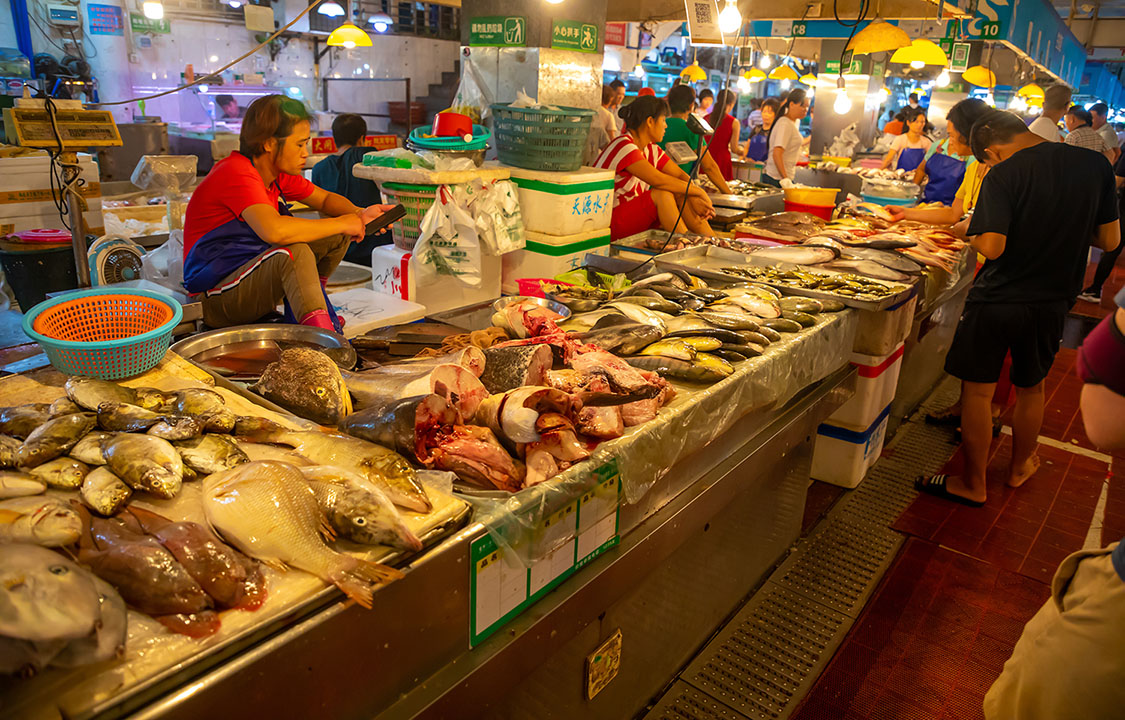A new report from Dutch financial services company Rabobank is projecting China will drive 40 percent of the growth in seafood consumption globally by 2030 and, with that growth, become a USD 29 billion (EUR 26 billion) annual market.
The latest report from Rabobank’s “RaboResearch” found China’s growing economic prosperity and large population, coupled with its high demand for seafood, will help it continue its position as a global leader in seafood consumption. That increased consumption also comes as the country faces potential limitations on its domestic seafood supply, which will make the country a net importer and a growth market for the seafood industry.
“China’s economic prosperity, coupled with its population of 1.4 billion consumers and a high affinity for seafood, positions it as the most promising growth market for seafood this decade,” RaboResearch Seafood Analyst Novel Sharma said in a release.
Rabobank predicts China’s seafood consumption will increase by 5.5 million metric tons (MT) by 2030, which will cause its demand to far exceed the country’s domestic supplies. That demand will in part be driven by an increase in per-capita consumption, which Rabobank predicts will increase from 41 kilograms in 2023 to 46 kilograms in 2030.
As consumption increases, a combination of environmental damage, scarcity of resources, and rising wages, as well as a growing middle class, could also impact domestic production – leaving a gap between supply and demand.
“Despite China’s current dominance in the global seafood market – evident in its production, consumption, and trade – we anticipate that its leading position as a seafood producer will decline,” Rabobank said.
The decline will take place across both wild-caught and aquaculture-based production, leaving the country looking for sources elsewhere.
“We expect China to seek resources beyond its borders to ensure adequate supply and close the widening gap between demand and supply by the decade’s end,” Sharma said.
Signs of this are already showing: In 2023, China imported 4.6 million MT of seafood valued at USD 18.8 billion (EUR 16.9 billion) – all-time high figures.
That increasing need for seafood imports, along with increasing demand, means China will gradually assume the role of a buyer and price setter for the global seafood industry – making its decisions reverberate throughout the supply chain, Rabobank predicts.
As China becomes a global force in deciding the seafood market, the growth of the middle class will do more than expand the country’s demand. It will also cause a shift in what those demands are. Rabobank predicts the country will have 100 million more urban residents by 2030, causing incomes to rise and preferences for seafood to shift.
“We anticipate that urbanization, the growth of upper-middle class consumer groups, and the expansion of e-commerce channels will drive a trend toward demand for higher-value seafood in the long term,” Sharma said.
That increase in demand for higher-value species in China will have ripple effects across those species types as China becomes a price-setter based on its decision-making, Rabobank said.
“These decisions will affect the supply dynamics and prices of most major premium seafood species worldwide, as well as the inputs used to produce them, significantly influencing global seafood trade,” Rabobank said. “Given these factors, China has the potential to emerge as the most important growth market for global seafood exporters this decade.”
All told, Rabobank predicts China’s demand for seafood imports will grow by ...








